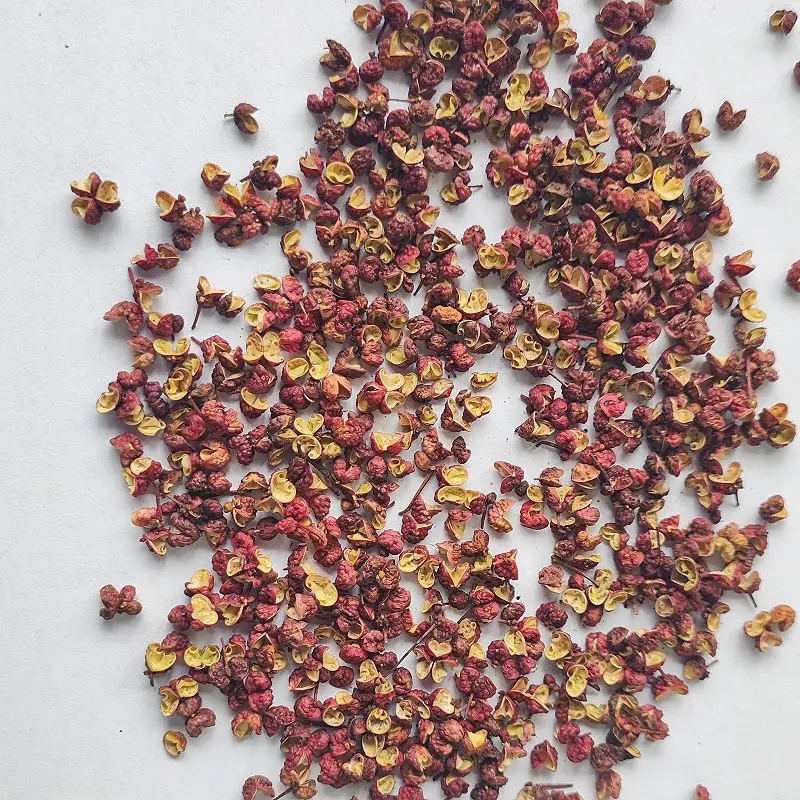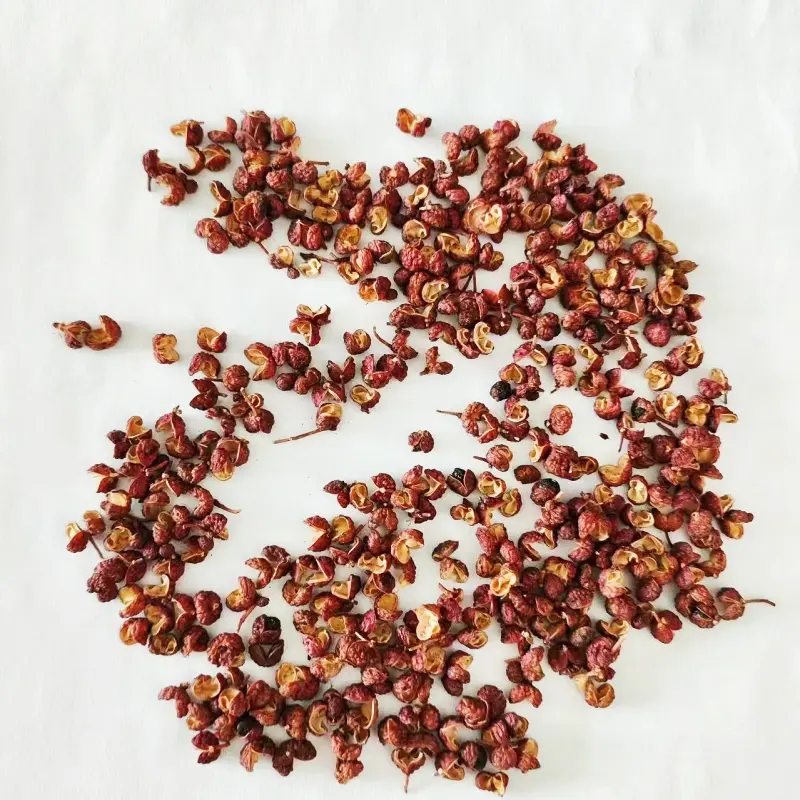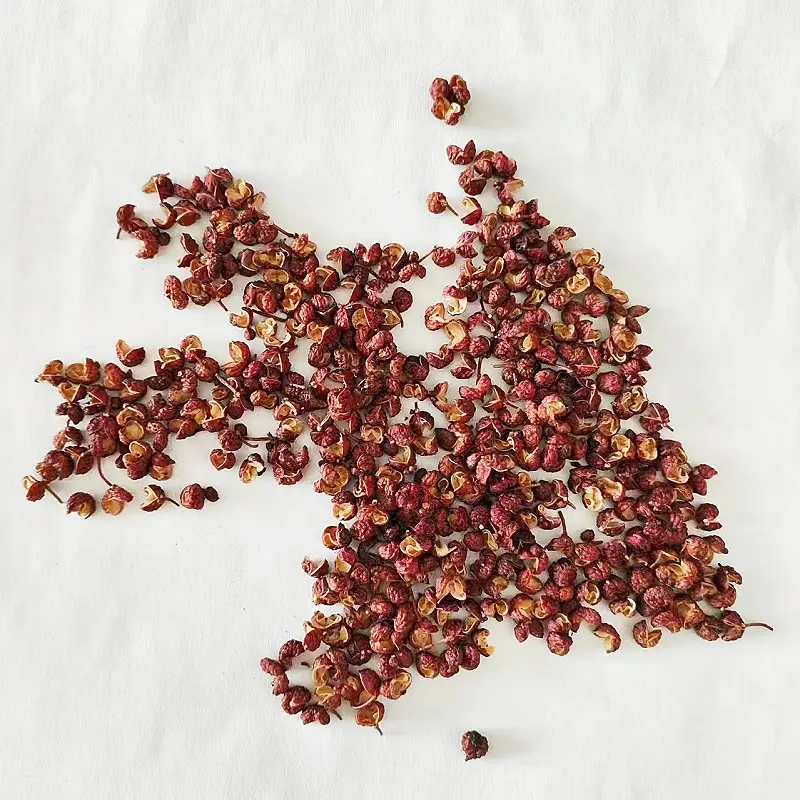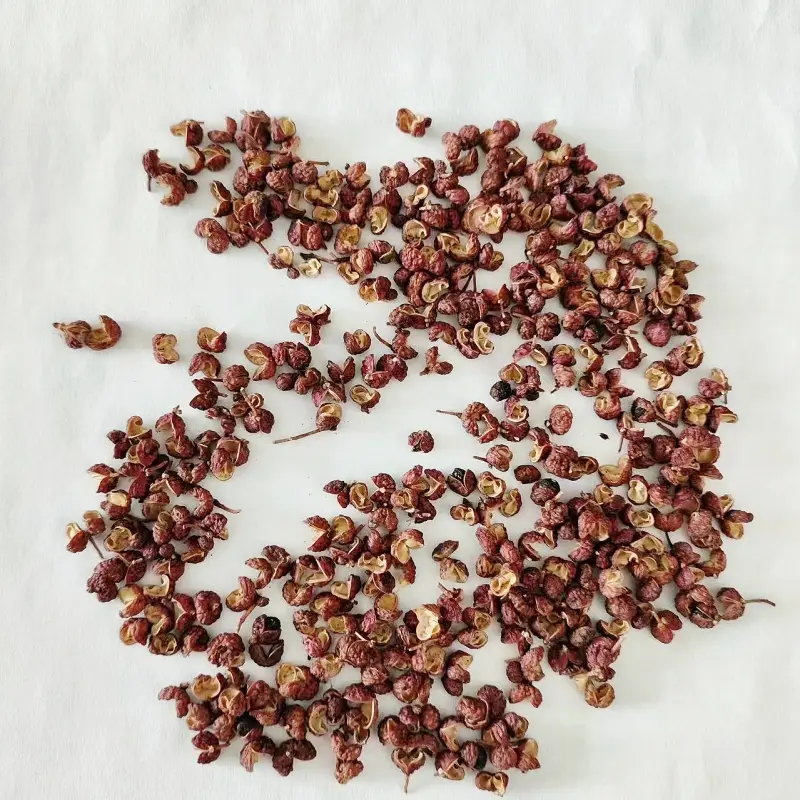Chinese Prickly Ash, known as Hua Jiao (花椒) in Mandarin, is an iconic and indispensable spice in Sichuan cuisine. Famed for its distinctive numbing sensation and bright citrusy aroma, this spice creates the signature "mala" (麻辣) flavor that defines many classic dishes. Beyond its culinary allure, Chinese Prickly Ash has been revered for centuries for its medicinal properties, playing a significant role in Traditional Chinese Medicine (TCM). It is prized for promoting digestion, relieving pain, and improving circulation. In this article, we take an in-depth look at the multifaceted nature of Chinese Prickly Ash, exploring its flavor profile, culinary versatility, and scientifically-supported health benefits, complete with real-world examples and data to bring its significance to life.
Flavor Profile
Chinese Prickly Ash offers a complex sensory experience that sets it apart from other spices. Its unique combination of numbing, citrusy, and mildly warming characteristics makes it a cornerstone of Sichuan cuisine and an increasingly popular ingredient worldwide.
1. Numbing Sensation
One of the defining features of Chinese Prickly Ash is its numbing sensation, a distinctive "tingling" or "buzzing" feeling on the tongue and lips. This sensation is caused by hydroxy-alpha-sanshool, a bioactive compound found in the spice. When consumed, this compound interacts with sensory neurons, specifically mechanosensory receptors, creating a tingling effect that enhances the eating experience. The numbing property is essential in balancing the intense heat of chili peppers in Sichuan cuisine, contributing to the famous "mala" (麻辣) flavor profile, which translates to "numbing and spicy."
2. Citrusy Aroma
Chinese Prickly Ash also imparts a bright, lemon-like aroma that comes from its volatile oils, particularly limonene and geraniol. These aromatic compounds give the spice its refreshing and slightly floral scent, which elevates the overall flavor of a dish. The citrusy notes make it versatile, pairing well with savory dishes and even desserts or cocktails, where it can add unexpected depth.
3. Mild Warmth
Unlike chili peppers, which provide an intense and fiery heat, Chinese Prickly Ash offers a gentle warmth that enhances other spices without overwhelming the palate. This mild heat complements a variety of flavors, making it an excellent addition to both complex and subtle dishes.
Scientific Insight
A 2013 study published in Chemical Senses highlighted the effects of hydroxy-alpha-sanshool on mechanosensory neurons. The research explained how the compound activates specific sensory pathways, creating the characteristic numbing and tingling sensations. This scientific understanding has shed light on why Chinese Prickly Ash is so unique among spices and why it is loved by chefs and food enthusiasts alike.
Together, these elements make Chinese Prickly Ash a dynamic and indispensable ingredient, offering layers of flavor and sensation that transform any dish into a culinary masterpiece.
Culinary Uses
1. Sichuan Cuisine Staples
Chinese Prickly Ash is a key ingredient in iconic Sichuan dishes like mapo tofu and kung pao chicken. Combined with chilies, it creates the "mala" (麻辣) flavor profile—spicy and numbing—that defines Sichuan cooking.
Example:
In Hot Pot (火锅), Sichuan peppercorns are boiled alongside dried chilies, garlic, and other aromatics to create a deeply flavored, numbing broth. This is a quintessential Chinese dining experience.
| Dish | Role of Chinese Prickly Ash |
|---|---|
| Mapo Tofu | Adds numbing depth to spicy bean paste. |
| Dan Dan Noodles | Enhances the richness of the spicy sesame sauce. |
| Mala Hot Pot | Provides the signature tingling sensation. |
2. Spice Blends
Prickly ash is a key component of five-spice powder and various chili oil recipes, adding complexity to these mixtures.
3. Global Adaptations
The popularity of Sichuan cuisine has led to creative uses outside of China, such as Sichuan pepper-infused cocktails and desserts like chocolate truffles.
Medicinal and Health Benefits
Chinese Prickly Ash has been used in Traditional Chinese Medicine (TCM) for centuries, often to aid digestion, improve circulation, and relieve pain. Modern science supports many of these claims:
1. Digestive Health
The spice stimulates saliva and gastric acid secretion, aiding digestion. Studies have shown its potential to improve gut motility.
2. Pain Relief
In TCM, it is used as an analgesic. Research has confirmed that hydroxy-alpha-sanshool has mild anesthetic properties.
3. Anti-inflammatory Properties
Extracts from Zanthoxylum species have shown anti-inflammatory effects, which could benefit conditions like arthritis.
| Health Benefit | Supporting Evidence |
|---|---|
| Improved Digestion | Boosts secretion of digestive enzymes. |
| Pain Relief | Local anesthetic effects observed in studies. |
| Anti-inflammatory | Compounds reduce inflammation markers. |
Scientific Data on Key Compounds
Below is a breakdown of the primary compounds in Chinese Prickly Ash and their effects:
| Compound | Effect | Found In |
|---|---|---|
| Hydroxy-alpha-sanshool | Numbing, tingling sensation | Peppercorn husks |
| Limonene | Citrus aroma, antimicrobial | Essential oils |
| Geraniol | Floral fragrance, antioxidant | Essential oils |
| Beta-myrcene | Anti-inflammatory, sedative | Volatile oils |
Cultivation and Sustainability
Chinese Prickly Ash trees thrive in the mountainous regions of China, with Sichuan, Gansu, and Shaanxi provinces being the primary areas of cultivation. These regions provide the ideal climate and soil conditions for the growth of Zanthoxylum species, ensuring a consistent supply of high-quality Sichuan peppercorns. The trees are hardy and adaptable, often cultivated in terraced fields to make efficient use of the steep landscapes common in these provinces.
In 2020, China produced over 70,000 metric tons of Sichuan peppercorns, with demand growing both domestically and internationally. The spice has become a sought-after export, finding its way into kitchens and restaurants around the world as global appreciation for Sichuan cuisine continues to rise.
However, the increasing demand raises concerns about sustainability. Overharvesting can lead to soil depletion, reduced yields, and harm to the local ecosystem. To address these challenges, farmers and agricultural authorities are adopting more sustainable practices, such as rotating crops, using organic fertilizers, and ensuring proper pruning and tree care.
Additionally, initiatives promoting eco-friendly harvesting and fair trade practices aim to support both environmental conservation and the livelihoods of local farming communities. By prioritizing sustainability, China can continue to meet the global demand for Sichuan peppercorns while preserving its agricultural heritage and natural resources for future generations.
Consumer Tips
How to Buy:
When purchasing Chinese Prickly Ash, look for vibrant, aromatic peppercorns with open husks and no seeds, as seeds can often be bitter and detract from the spice's distinctive flavor. High-quality peppercorns should have a fresh, citrusy fragrance and a rich red or brown color. A trusted supplier, such as Manna Food, offers premium Chinese Prickly Ash to customers worldwide. Manna Food is a well-established producer and supplier based in China, known for its commitment to high standards and sustainable production methods. Their products are carefully sourced, ensuring the spice reaches international markets in its finest form. Whether you're a chef or home cook, sourcing your Chinese Prickly Ash from reputable suppliers like Manna Food ensures you're getting the most potent and authentic product available.
Storage:
To maintain the full aroma and potency of Chinese Prickly Ash, store it in an airtight container, away from direct sunlight and humidity. Exposure to light and air can degrade the essential oils and reduce the spice's aromatic qualities. Keep your peppercorns in a cool, dry place, such as a pantry or spice drawer. If stored correctly, the spice can retain its flavor for up to six months, though it’s best to use it within three months for the most intense and fresh aroma. Additionally, whole peppercorns retain their flavor longer than pre-ground powder, so it's ideal to grind them as needed for the best culinary experience.
Cooking Tip:
To bring out the full depth of flavor, lightly toast the Chinese Prickly Ash peppercorns before grinding them. Toasting activates the essential oils, enhancing their citrusy aroma and numbing properties. Place the peppercorns in a dry pan over low heat and gently toast them for a few minutes, shaking the pan occasionally to avoid burning. Once they become fragrant, allow them to cool slightly before grinding to release their full flavor. This simple step adds an extra layer of complexity to your dishes, ensuring that the prickly ash’s unique numbing and citrusy notes shine through in every bite.
Conclusion
Chinese Prickly Ash is more than just a spice—it's a sensory experience and a powerhouse of health benefits. Whether you're savoring a bowl of dan dan noodles or exploring its therapeutic properties, this spice brings depth and dimension to food and wellness alike. Its growing popularity worldwide is a testament to its unique qualities.
By understanding its rich flavor, versatile uses, and proven benefits, you can appreciate the remarkable role of Chinese Prickly Ash in both culinary traditions and modern health practices.

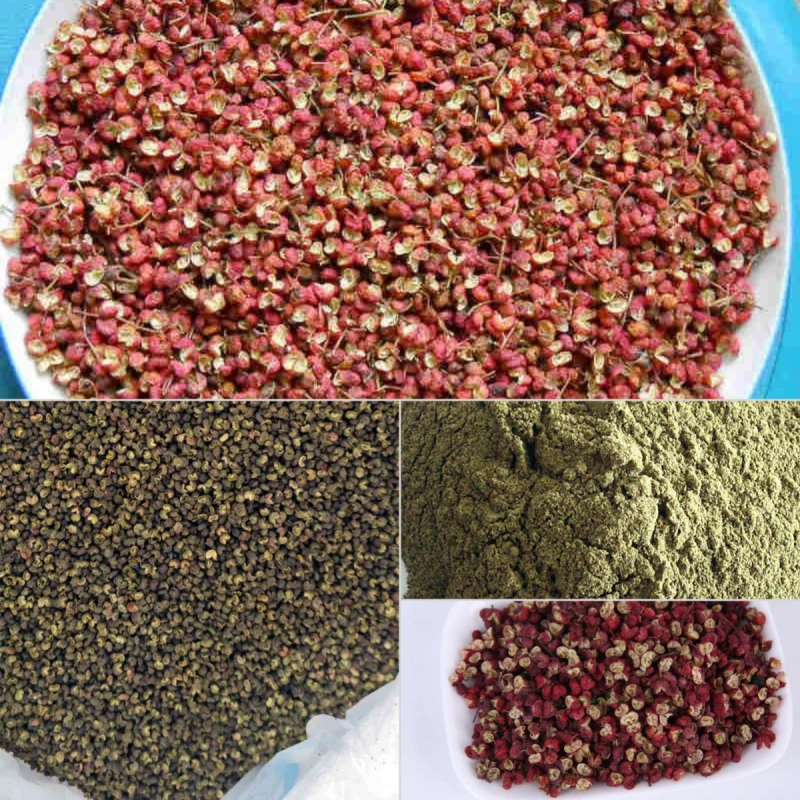
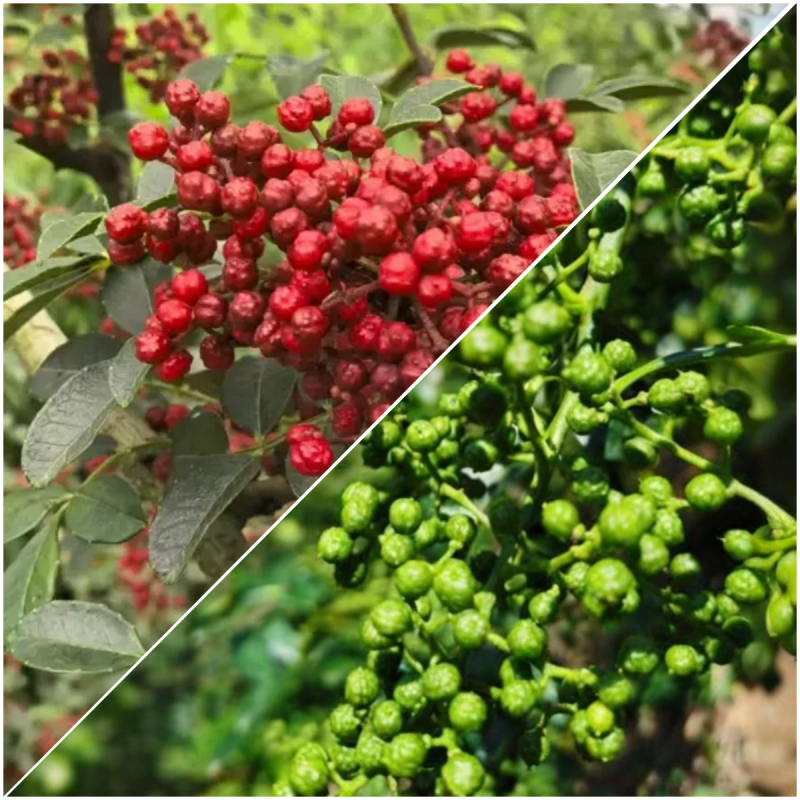

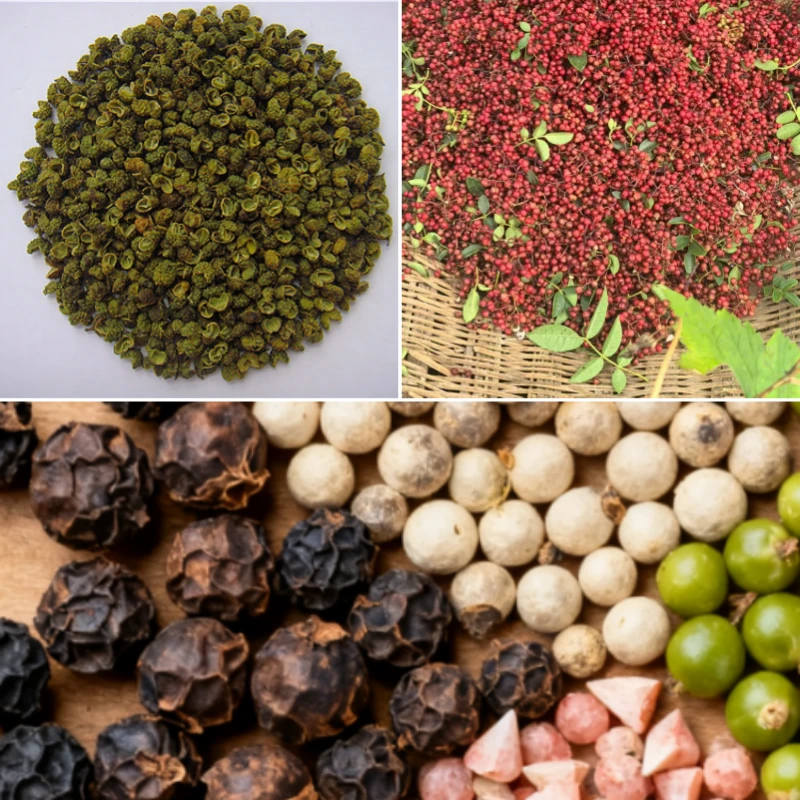
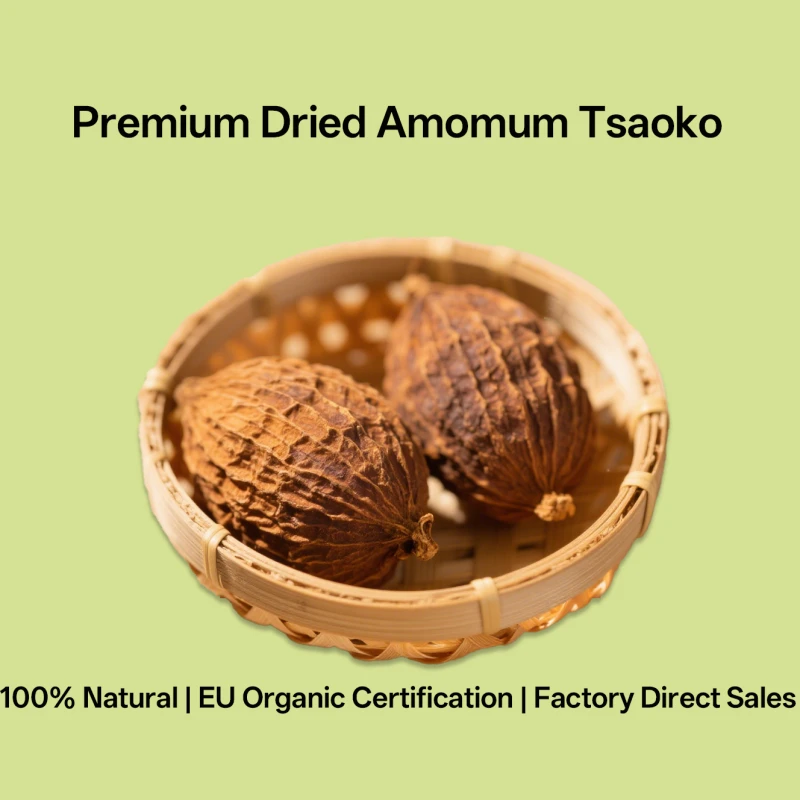
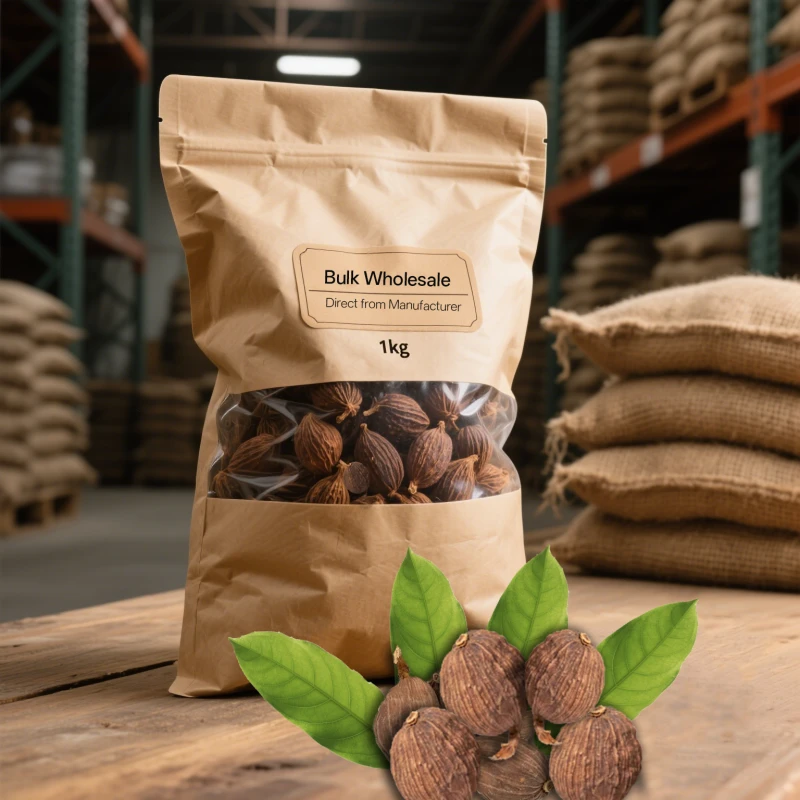
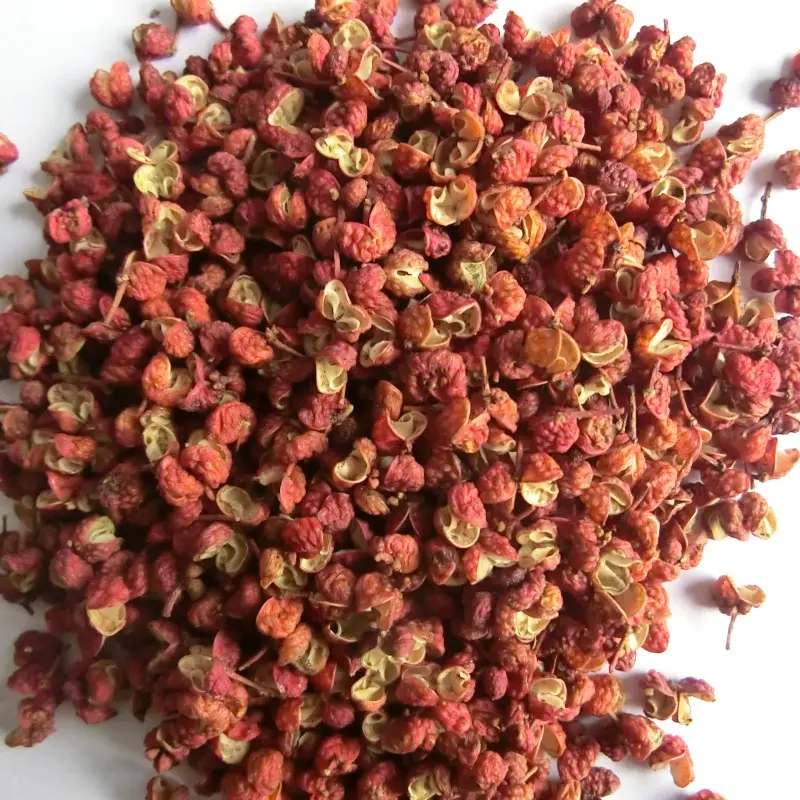
811.webp)
